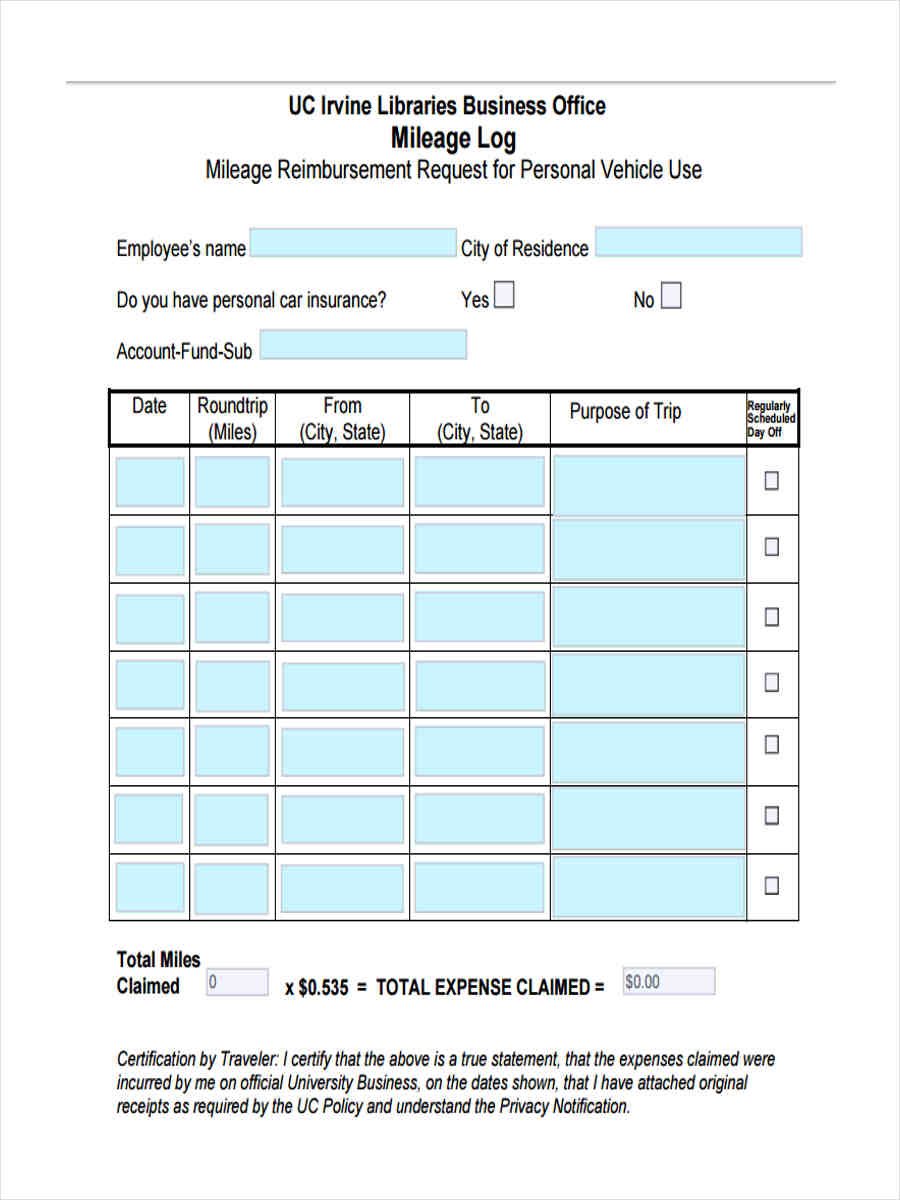

Despite being small, these changes would have a large positive effect on employees and business outcomes. The remedy is to make some simple, modest additions to reporting requirements, which I will describe. If you add them all up, their impact is massive. As I will explain in this article, you can see the negative consequences in practice after practice. What Companies Get Wrong About Talent Management:įinancial accounting, much more than the tax code, causes employers to make choices about work and employees that are at odds with effectiveness and efficiency. In short, the financial accounting system distorts business decisions in ways that are worse for everyone-investors, employers, and employees. By transferring work away from employees, companies get rid of fixed costs and move employment costs into another accounting category. Along with other rules, it helps explain why more and more firms are shifting work to nonemployees, a trend that begins in cost accounting. companies enjoy considerable freedom to lay off workers, treating such expenditures as fixed costs that can’t be reduced during economic downturns makes little sense. So are other employment costs such as wages and salaries for all administrative work.


Despite all the rhetoric about “investing in our people,” training and development aren’t considered investments they’re categorized as a current expense, a type of fixed cost-just as carpeting is. One answer to those questions is the peculiar way that financial accounting in the United States treats employment costs (which differs from the way that international standards treat them). Why do companies obsess over cost per hire but spend so little time trying to see if they make good hires? Why do they provide so little training when we know it improves performance and many candidates say they’d take a pay cut to get it? Why do firms delay filling vacancies and let work go undone? Why do they spend so much money leasing personnel from vendors rather than hiring their own? Many common practices for managing employees are hard to explain. Businesses should voluntarily do this, and investors should continue to pressure the Securities and Exchange Commission for reforms. Institute some small additions to what companies report, including expenditures on labor other than employees and on training the employee turnover rate and the percentage of vacancies filled from within. financial reporting standards treat employees and investments in them as expenses or liabilities, which makes companies appear less valuable to investors. They include the lack of investment in training, the increasing reliance on leased workers, and the shift from pensions to 401(k) retirement plans. Many HR practices in the United States are bad for companies, employees, and investors.


 0 kommentar(er)
0 kommentar(er)
